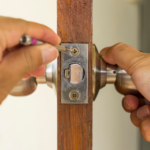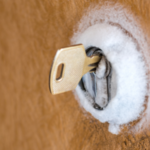Ah, the joys of summer. The sun is shining, the days are longer, and everything seems brighter—until you try to close your door. Suddenly, that once smooth-moving wooden door has become a stubborn beast, refusing to shut properly. It sticks, creaks, and leaves you fighting with it as though it has a mind of its own. If you’ve ever wondered why your wooden doors become so uncooperative during the summer months, you’re not alone. The culprit is humidity, and it’s playing havoc with your home.
Understanding the Problem: Why Do Wooden Doors Swell in Summer?
Let’s start with a little bit of background. Wood is a natural material, and like anything organic, it responds to its environment. When the weather turns humid—like it often does in the summer—wood absorbs moisture from the air. Picture a sponge soaking up water; as it swells, it becomes larger and softer. Your wooden doors do much the same. The moisture causes the fibres in the timber to expand, which is why your door becomes difficult to open and close.
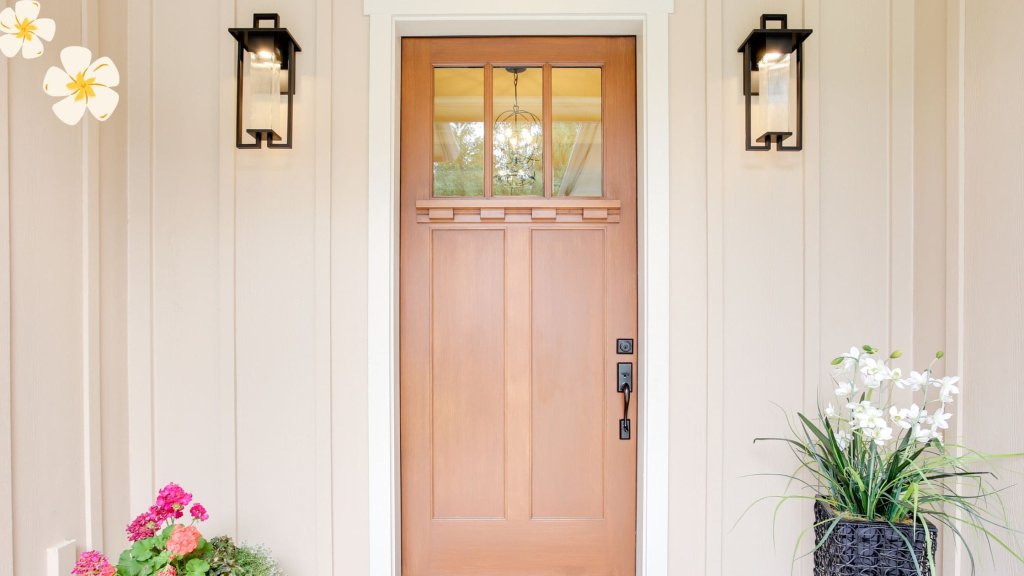
The problem with swollen doors isn’t just the annoyance of a stuck door. Over time, the stress on the door frame and hinges can cause lasting damage, leading to more expensive repairs down the line. Not to mention, it can become a security issue if you have a swollen exterior door, leaving your home vulnerable.
Prevention: How to Stop the Swelling Before It Starts
Luckily, there are several steps you can take to prevent your door expanding in the first place. Think of it like caring for your garden—if you water and prune regularly, you’ll have fewer weeds to deal with later.
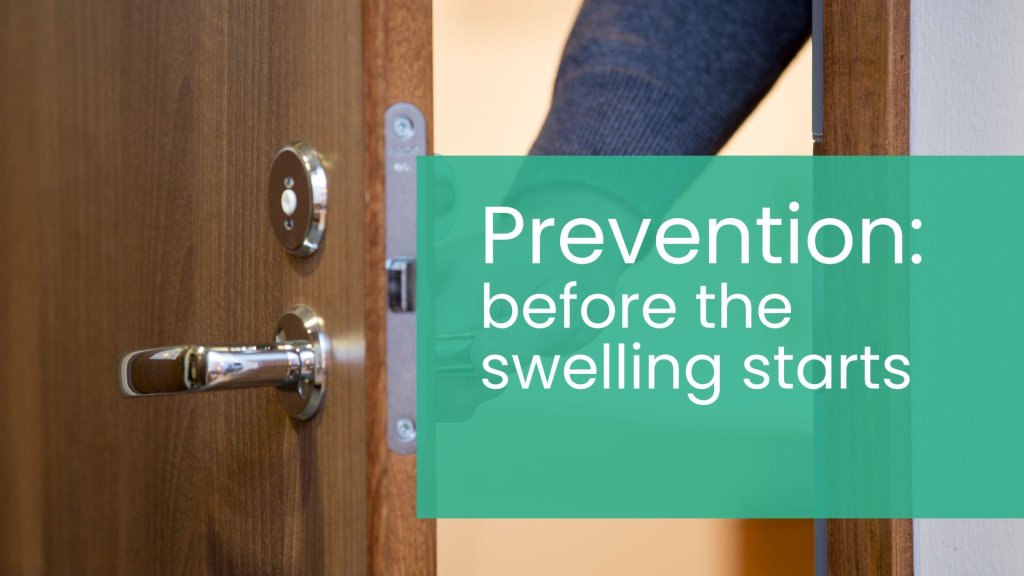
Whether you have a wooden front door or internal doors, the basics are the same. Here’s how you can keep your doors in tip-top shape:
1. Seal the Deal: Varnish and Paint
The first line of defence against moisture is making sure your door is properly sealed. Varnish, paint, or wood sealant can create a protective barrier between your wooden door and the humid air. It’s like putting on a raincoat before heading out into a storm, it keeps the water out and your door dry.
2. Control the Climate: Dehumidifiers and Air Conditioning
If your home is particularly prone to humidity, investing in a dehumidifier can work wonders. A dehumidifier reduces the moisture in the air, making it harder for the timber to absorb water and swell. It’s like putting your door on a moisture diet—less moisture means less swelling.
Air conditioning also helps by lowering the indoor humidity level. During those sticky summer months, keeping your home cool can prevent the air from becoming saturated with moisture.
3. Let It Breathe: Ventilation
Good airflow can do wonders for preventing moisture build-up. Ensuring that your home is well-ventilated allows humid air to escape rather than being absorbed by your doors.
What to Do If Your Door Has Already Swollen
Sometimes, despite your best efforts, you might find yourself wrestling with trying to fix a swollen door. But don’t worry, all is not lost. Here’s how you can tackle the problem head-on and reclaim your doorway.

1. Assess the Damage
Before you take any hasty action, take a moment to assess the situation. Where is the door sticking? Is it along the top, bottom, or sides? Mark the problem areas with a pencil so you can focus your efforts.
2. The Sanding Solution
Sanding down the swollen areas is the most common fix. It’s like giving your door a little trim to slim down the swollen wood and help it fit into the frame more comfortably.
3. Planing: For Major Swelling
If sanding doesn’t quite do the trick, you might need to bring out the big guns—a planer. A hand planer allows you to shave off larger amounts of wood, particularly useful if your door has swelled significantly.
Read more: Preventing internal doors from sticking
4. Temporary Fixes: If You’re in a Pinch
Sometimes, you need a quick solution before you can tackle the problem properly. If your door is particularly sticky and you need to get it closed, try one of these temporary fixes:
5. Replacing Your Door
If things are in a really bad way you might need a new door. Replacing an interior door doesn’t have to be costly, and can make a big difference to a room.
However, high quality doors are less likely to suffer from the same problems in the future. If you opt for a solid engineered core and a factory finish, your doors are less likely to absorb moisture and change shape.
Front doors will be more of an outlay, but they’re also crucial for security. If they have swollen, it could be preventing the door latch from working properly and putting your safety at risk. Whilst you can still try the solutions above, it might be time for a replacement.
A Final Word: Protecting Your Home
Doors are more than just a functional part of your home—they’re a gateway, a boundary, and a symbol of security. Taking the time to prevent and fix swelling isn’t just about convenience; it’s about protecting your home’s integrity.
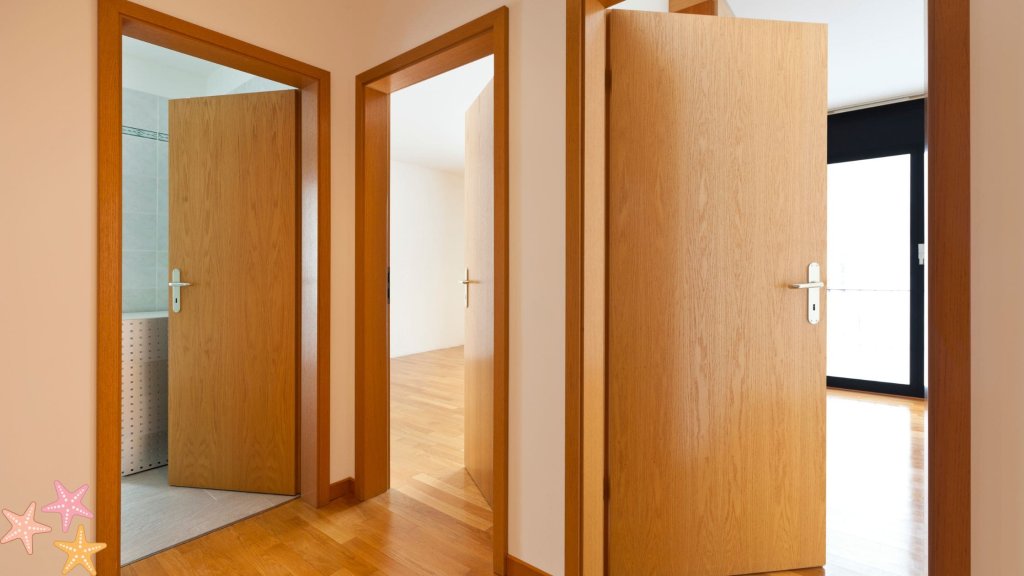
By understanding why doors swell in the summer and taking proactive steps to stop it, you can avoid the frustration and damage that comes with it. Whether you’re a seasoned tradesman or a DIY enthusiast, these tips will empower you to keep your doors moving smoothly, no matter how humid it gets outside.
So next time you find yourself struggling with a stubborn door, take a breath. You’ve got the knowledge and the tools to tackle it head-on. After all, your home deserves the best, and now, so does your door.
It’s not just the summer weather that can affect your doors. Swelling and shrinking, mould and other problems are common in the winter too. Take a look at our winter door problems blog to understand, prepare for and fix these issues.



